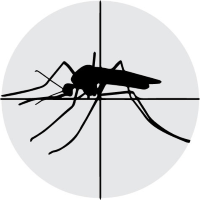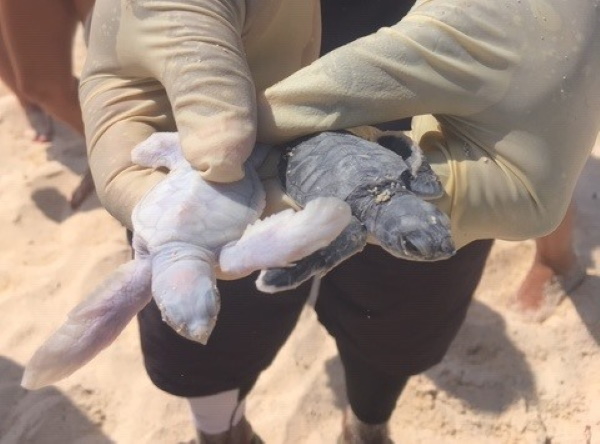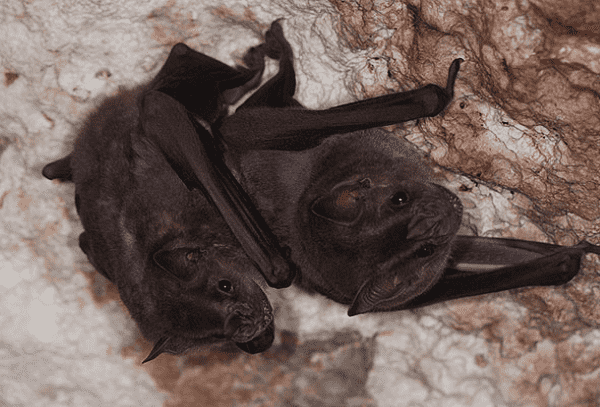(CNS): A mysterious looking sea creature caught just off the coast of Grand Cayman recently may be a giant marine worm, according to DoE experts. But because of the state of decomposition when the scientists received it, they are unable to say with certainty exactly what the odd looking marine animal is.
From the pictures and description, Senior Research Officer John Bothwell concluded it was either a polychaete worm, more commonly known as marine worm, or possibly a beaded sea cucumber (Euapta lappa). He said that despite its impressive size at well over one metre long, it probably was a marine worm as they can grow to significant lengths. Bothwell said both cucumbers and worms of this size are unusual to see but are not particularly rare.
“Unfortunately, by the time they were able to bring it in to us it had decomposed so we can’t say definitively what it was,” he explained, but pointed out how interesting local marine life is and, no matter how long we are here to observe the marine world, we still see unusual and new creatures.
Using his own marine knowledge, based on many years of research in local waters and speaking to the people who found it, Bothwell explained the life of such a creature.
“This one probably lives most of the time buried in the sand with those feathery appendages reaching out to grab passing plankton, like a feather duster or spaghetti worm,” he said. “Or it could crawl around out of its burrow or hiding hole at night feeding on detritus, like a beaded sea cucumber would. Some polycheates can get impressively larger than you’d think a ‘worm’ would be. Also, they can be very mobile and actually prey on other animals.”
Identifying this specimen to a specific species or even a general type would require a worm specialist, but it was still a “very cool find”, he said.
Bothwell said the DoE really appreciated the people who found it taking pictures and putting it up on Facebook as another of the wonders of Cayman’s environment, and then letting the DoE know where they found it. But he advised against people making a special effort to catch such unusual creatures because some are protected species and even those that are not are better left in the sea.
“Taking pictures is definitely great but leave or release them back into their natural habitats,” he said. “Cayman has a number of these cryptic organisms that are rarely seen, no matter how long we’ve lived in Cayman or even researched here. So there’s always a chance of anyone finding something amazing like this. All they need to do is watch the environment around them, and make sure to help conserve it so animals like this will always have a home and be able to wow us when we find them,” Bothwell added.






It’s more than likely a beaded sea cucumber (Euapta lappa). I’ve seen quite a few of these around Grand Cayman during my 36 years of diving. They are not rare but rarely seen, as they are mostly nocturnal…
hmmm i dunno what it is. Left out the details on how they found it tho
It looks like a spotted worm sea cucumber, but wrong part of the world.